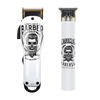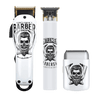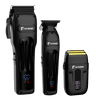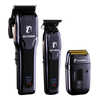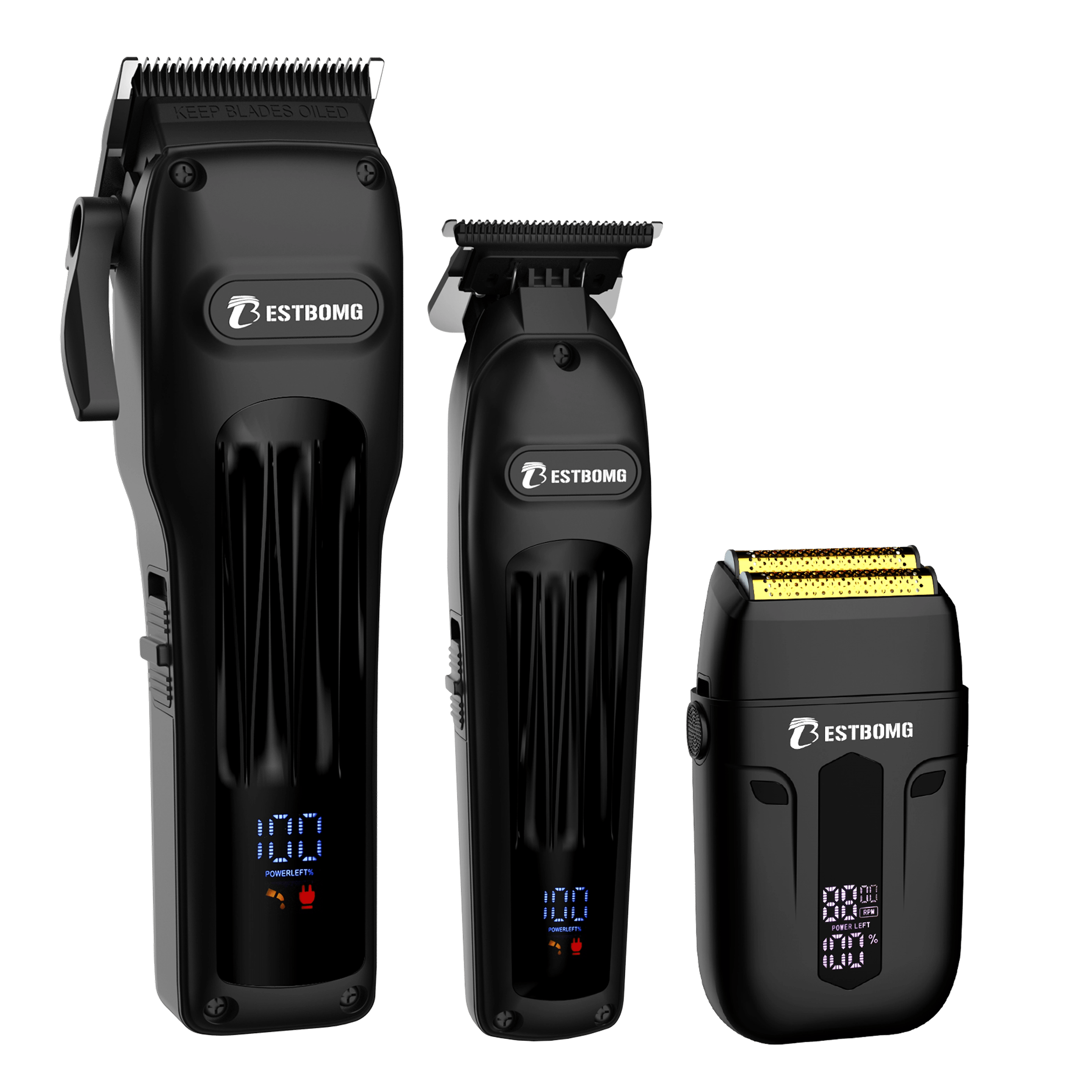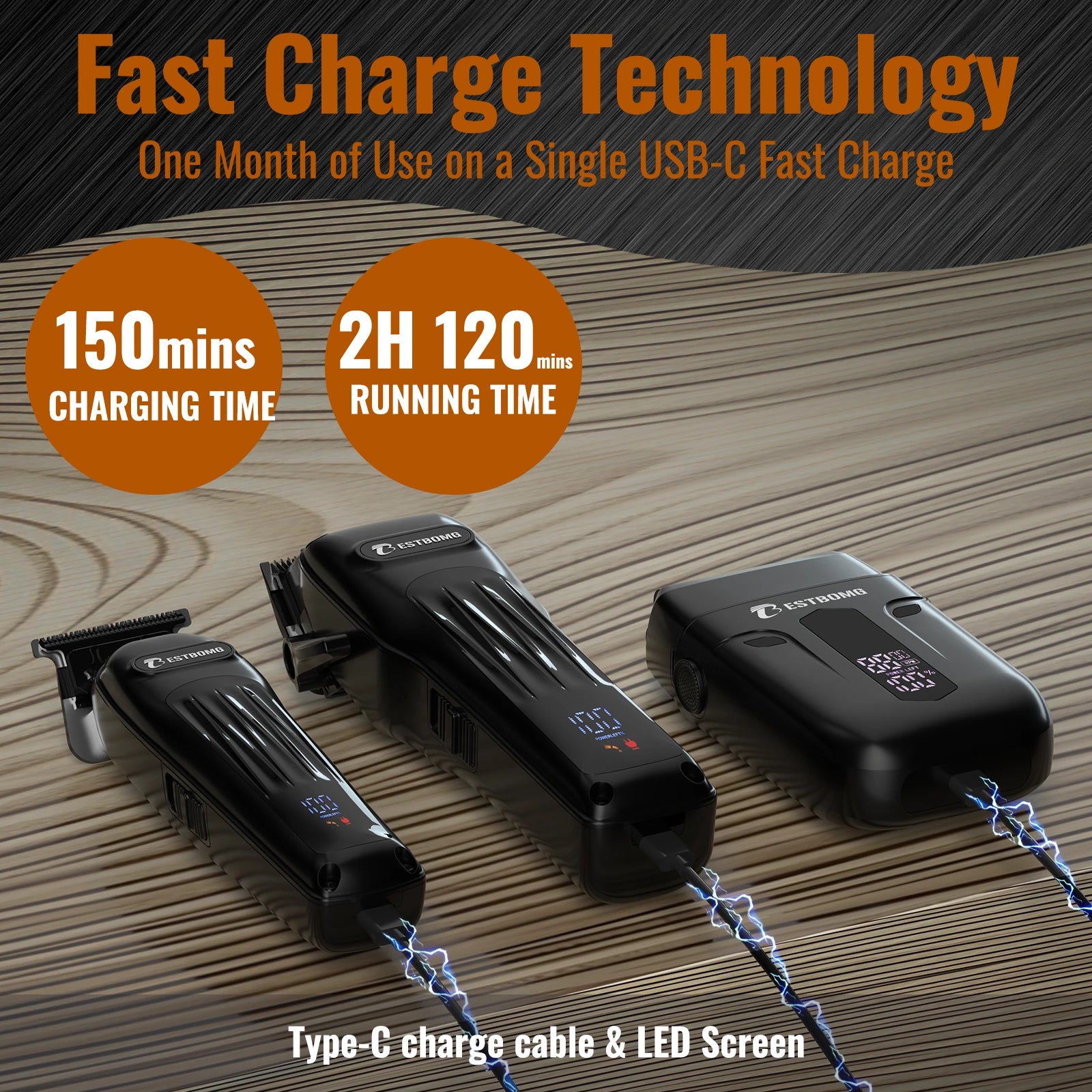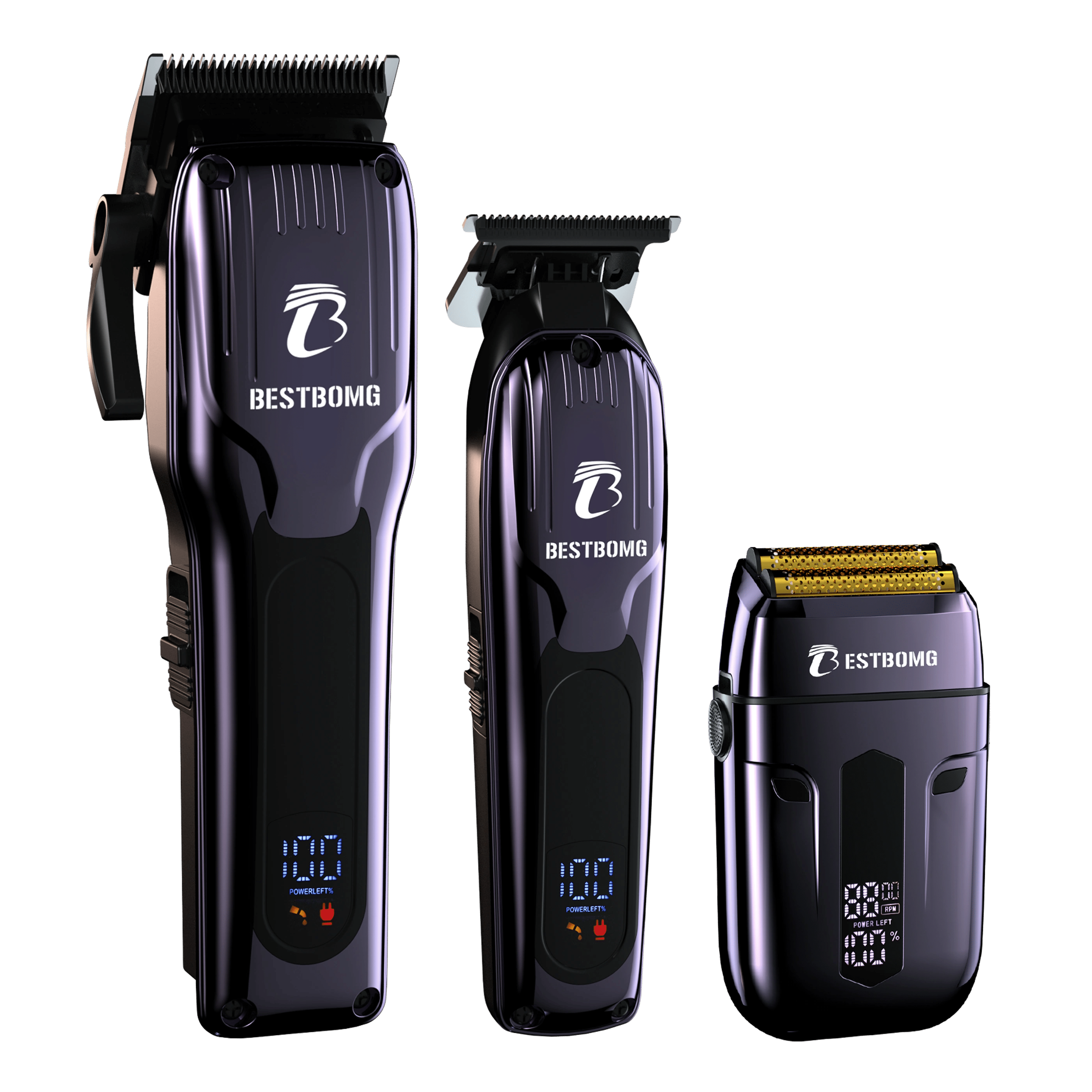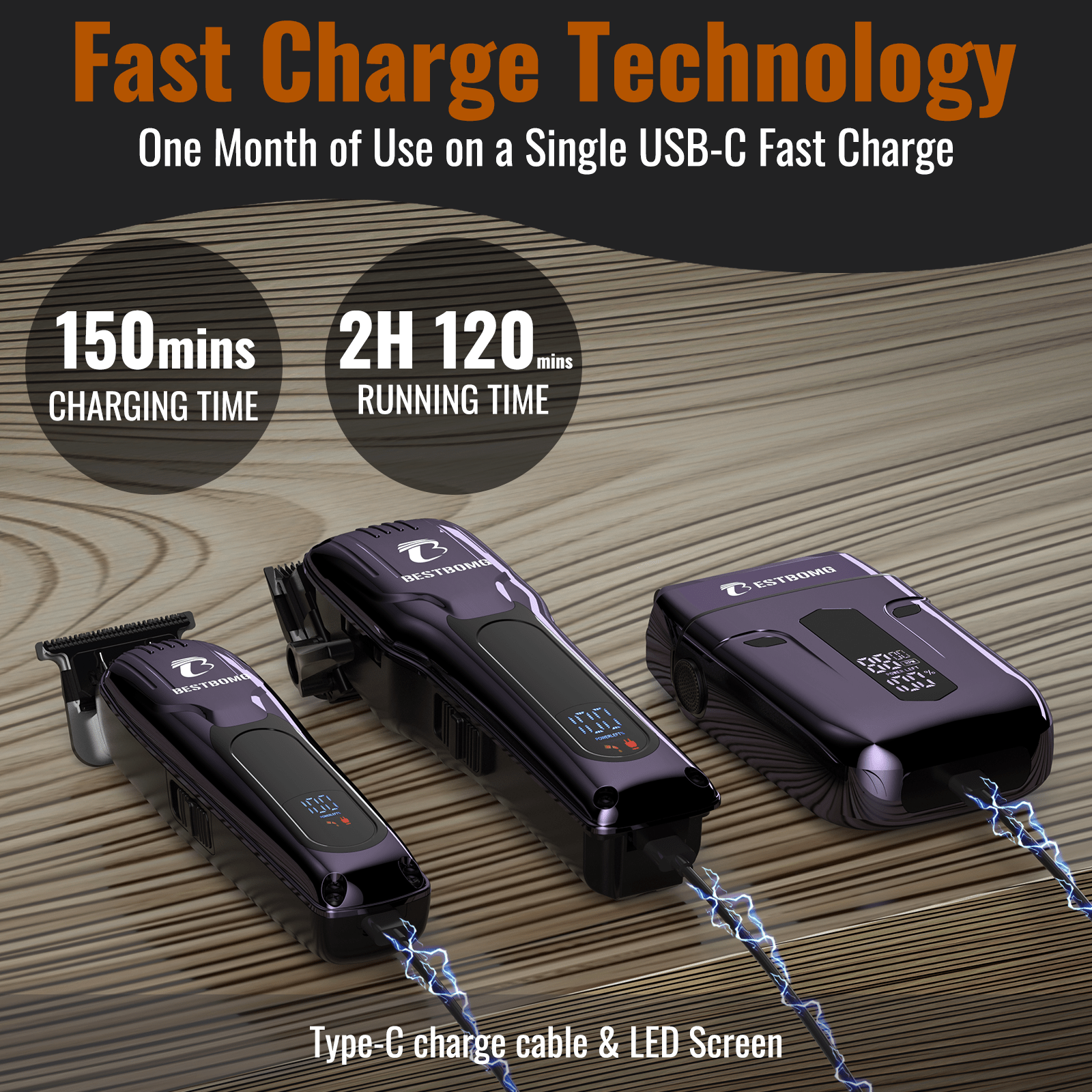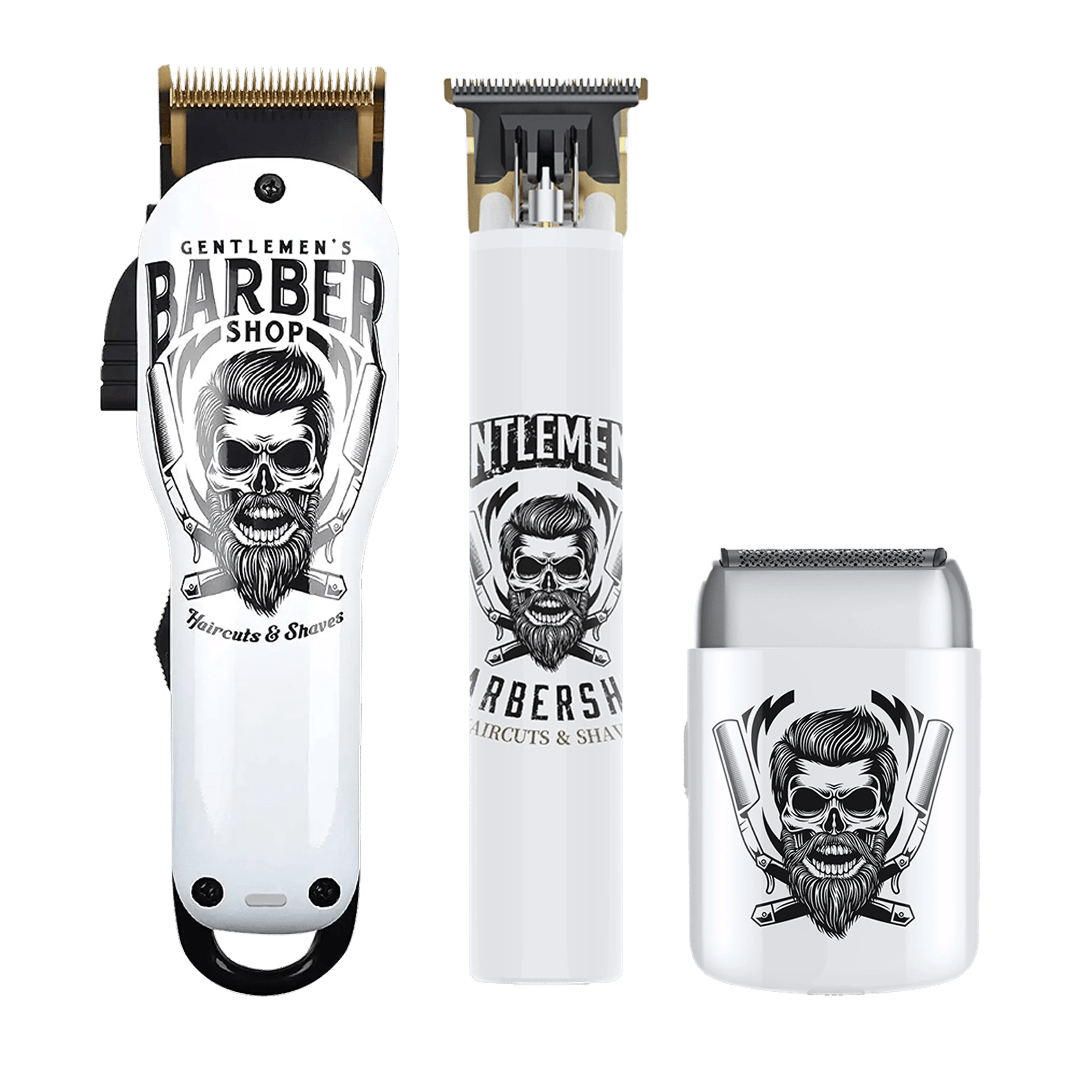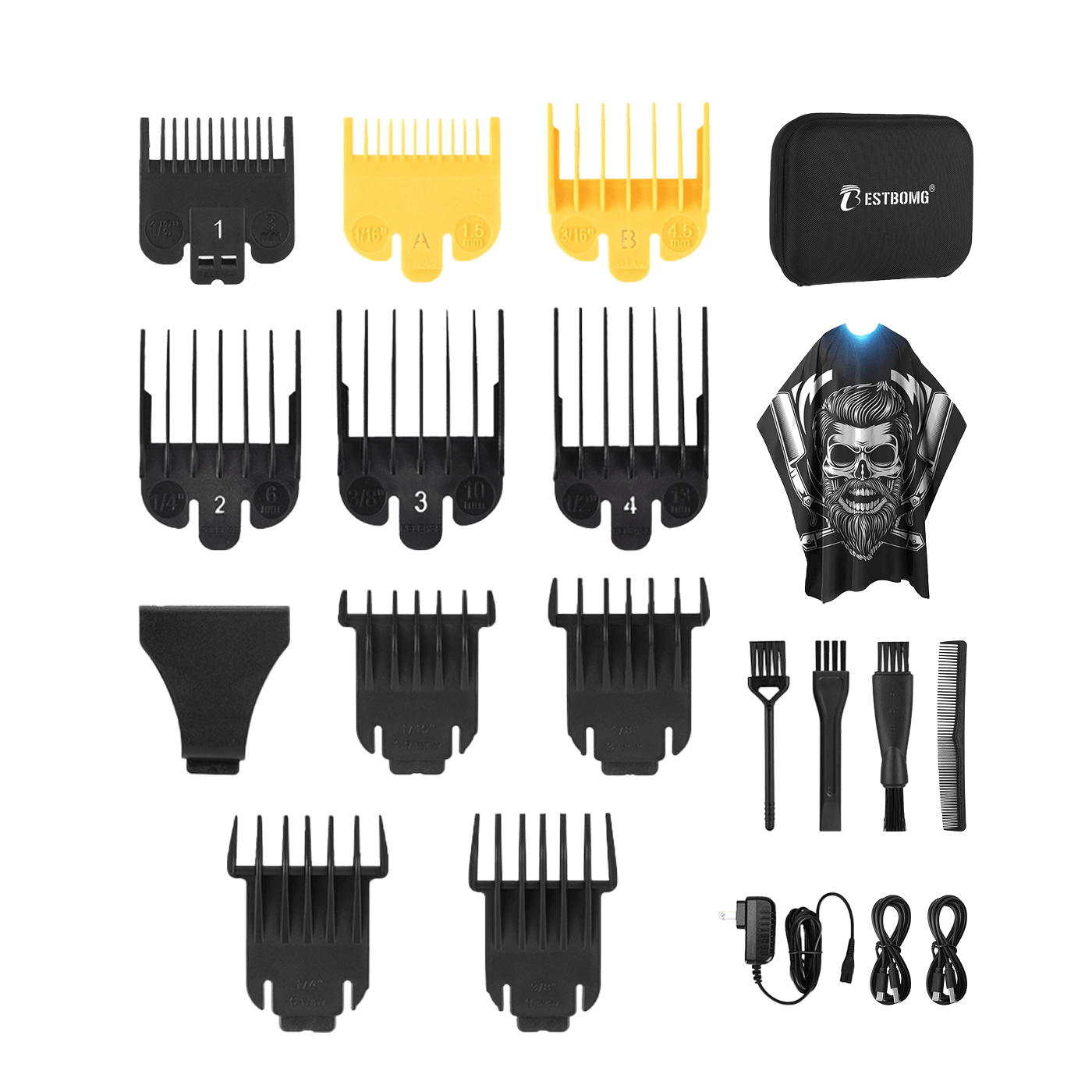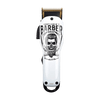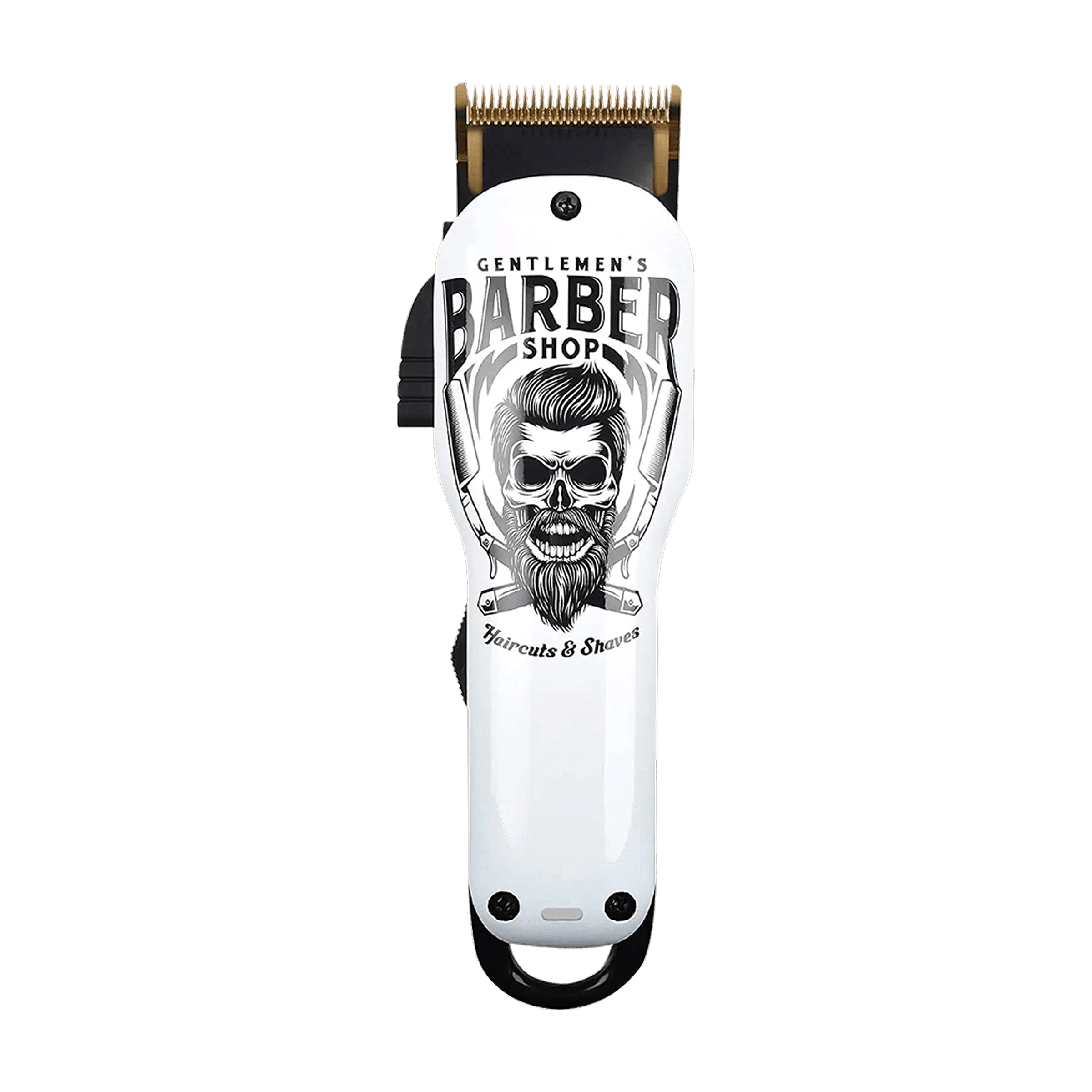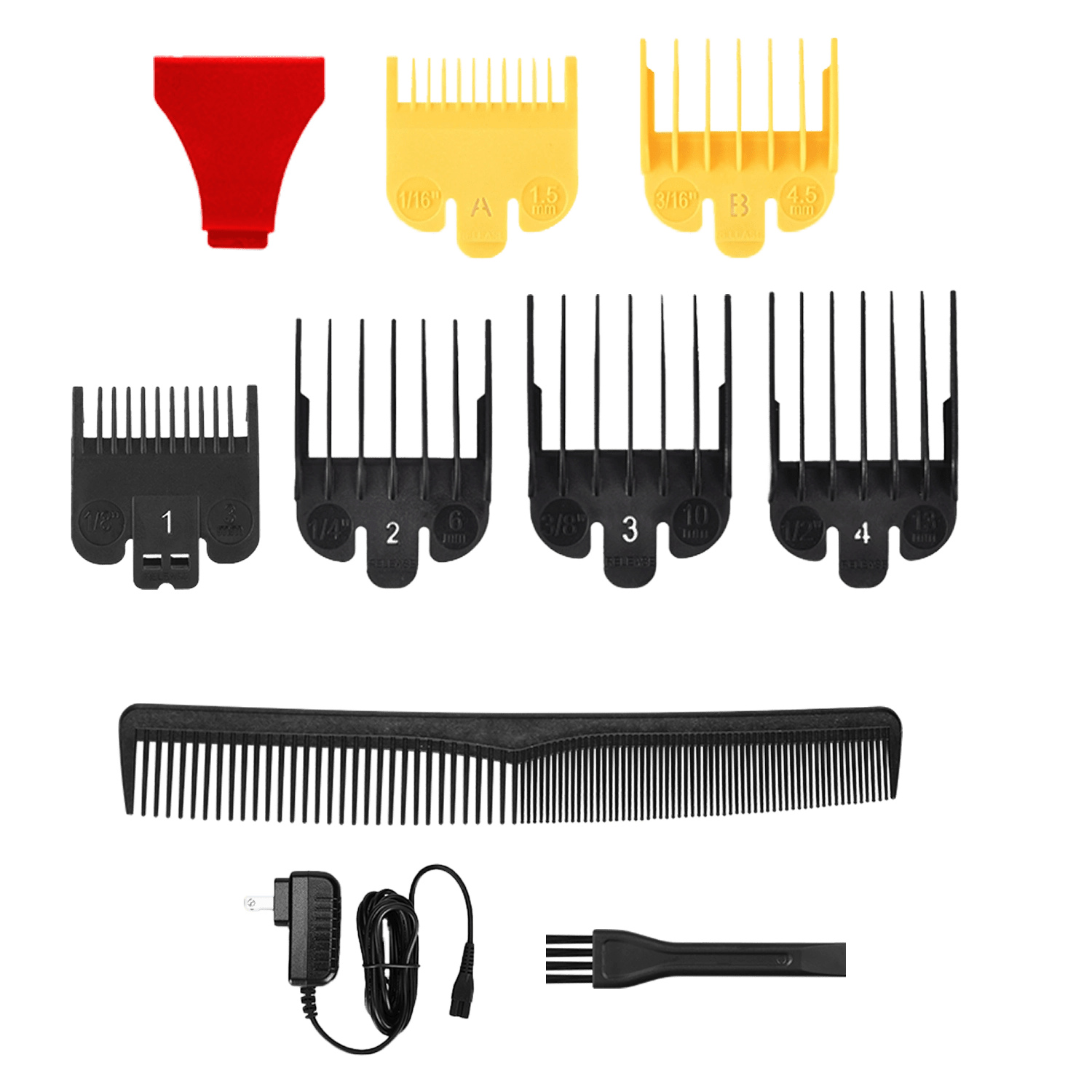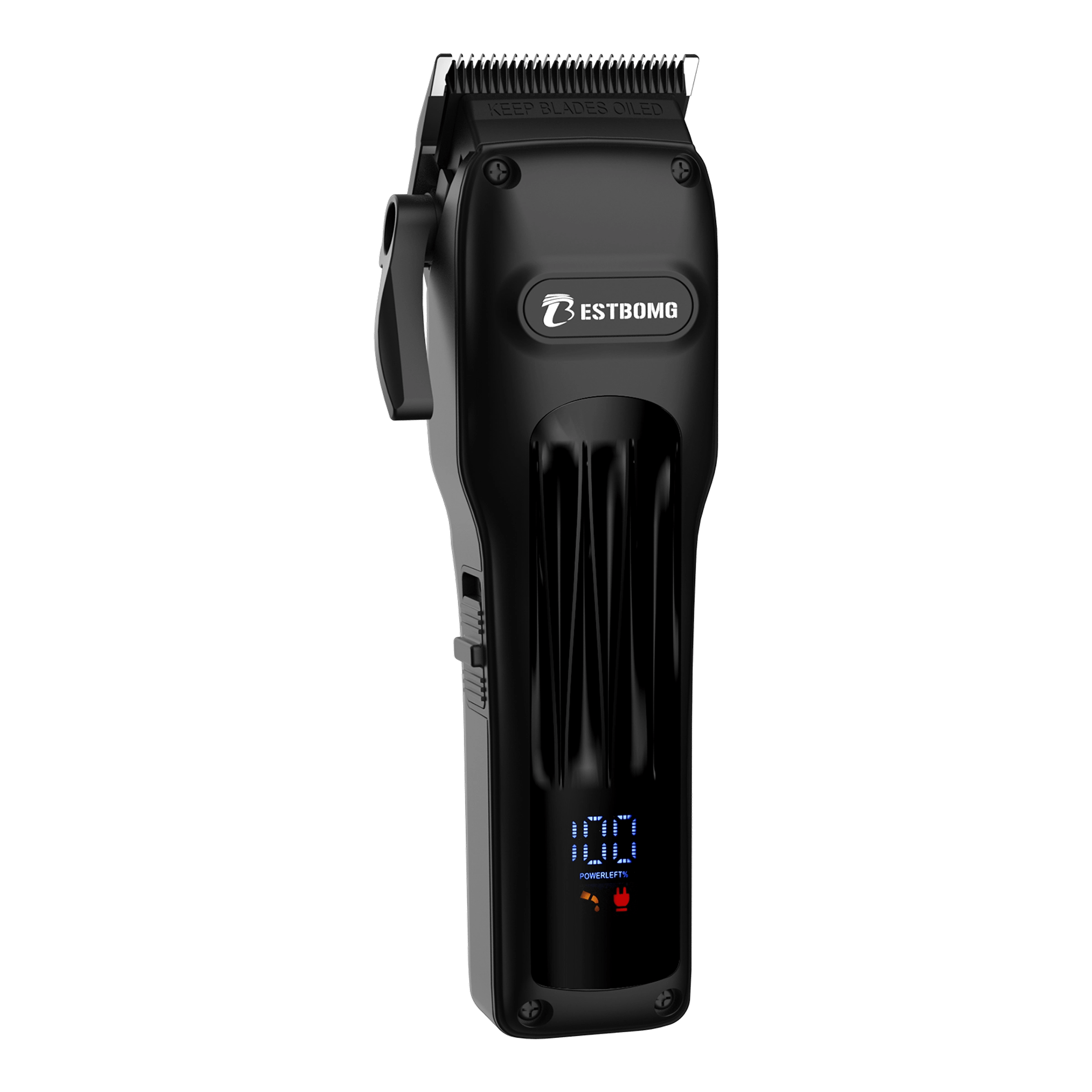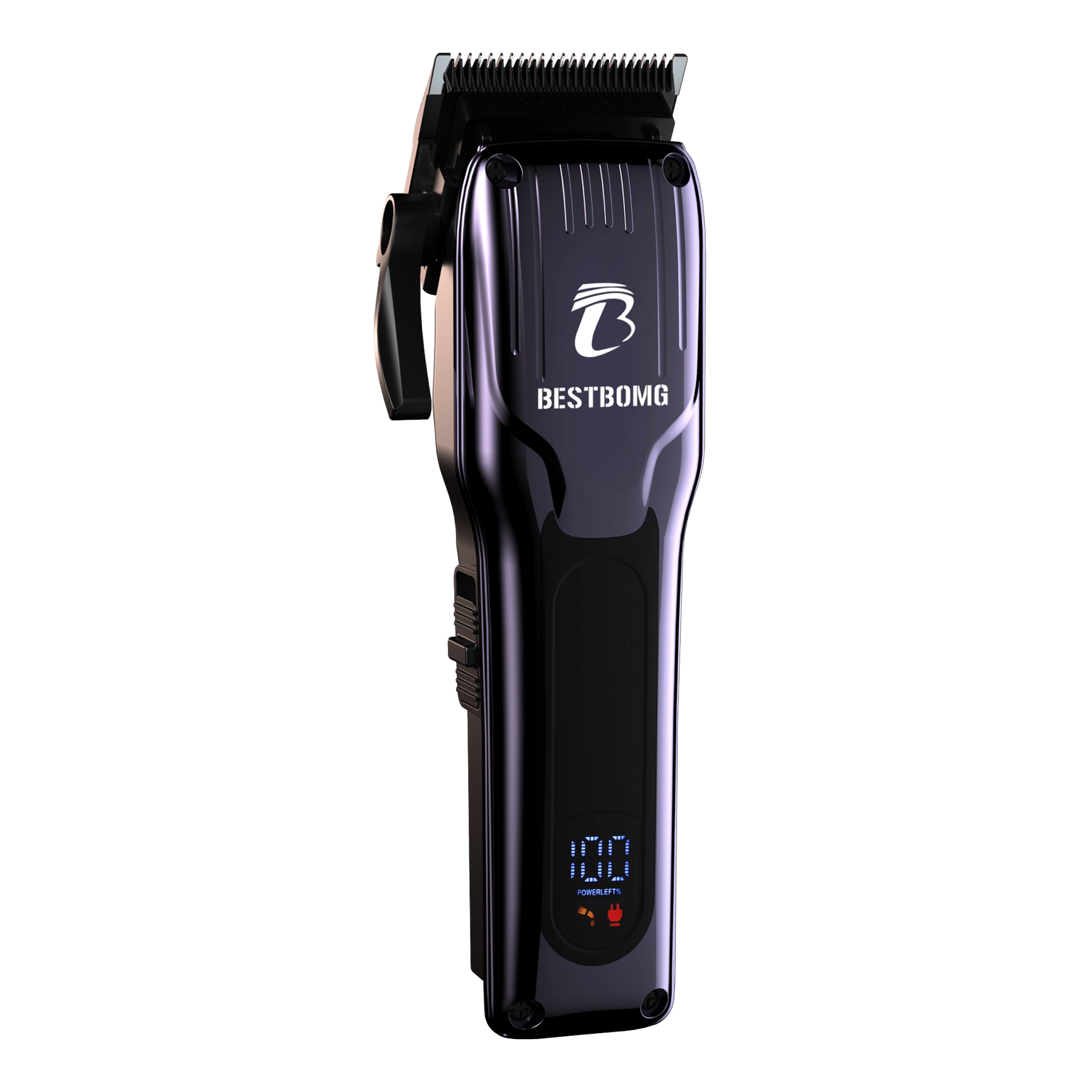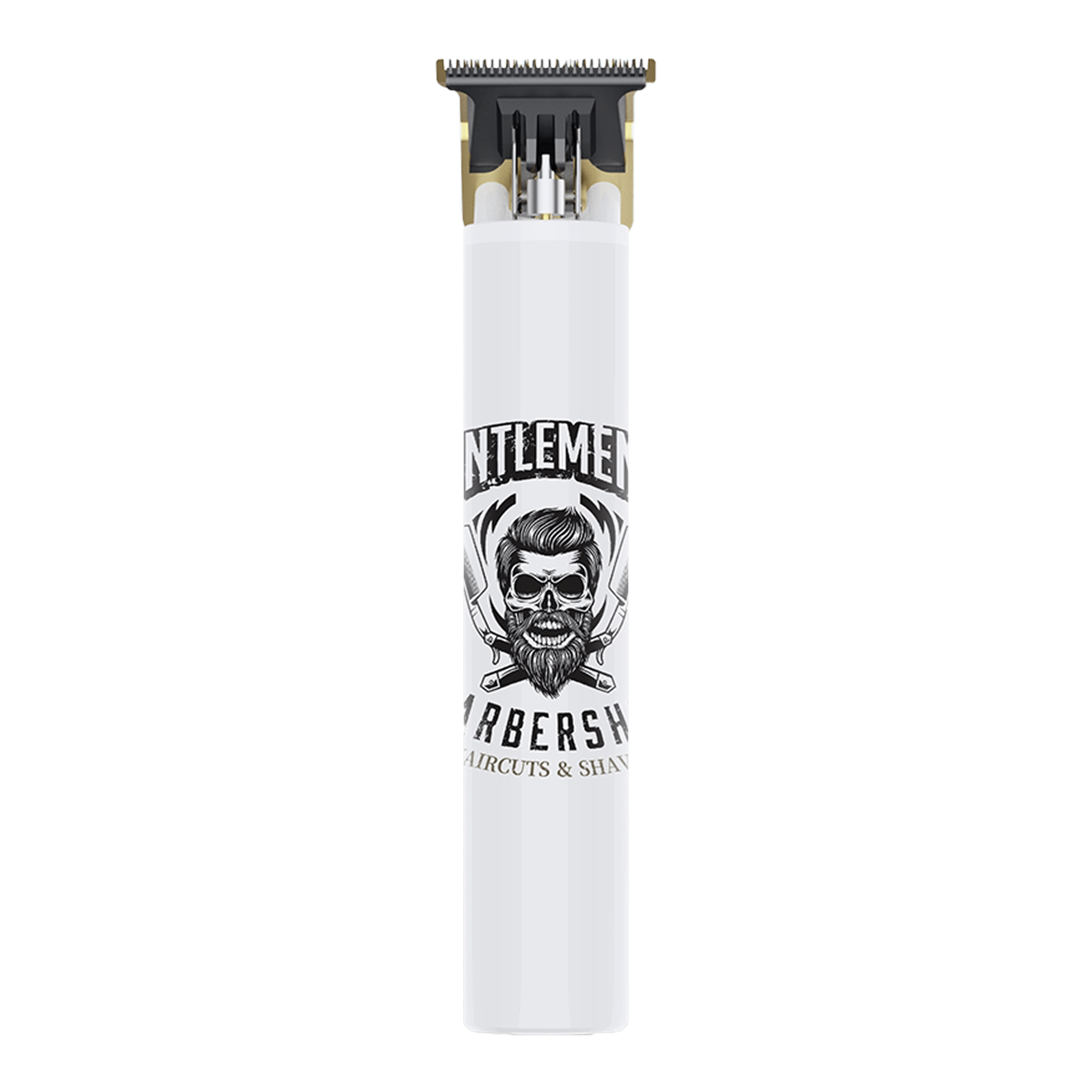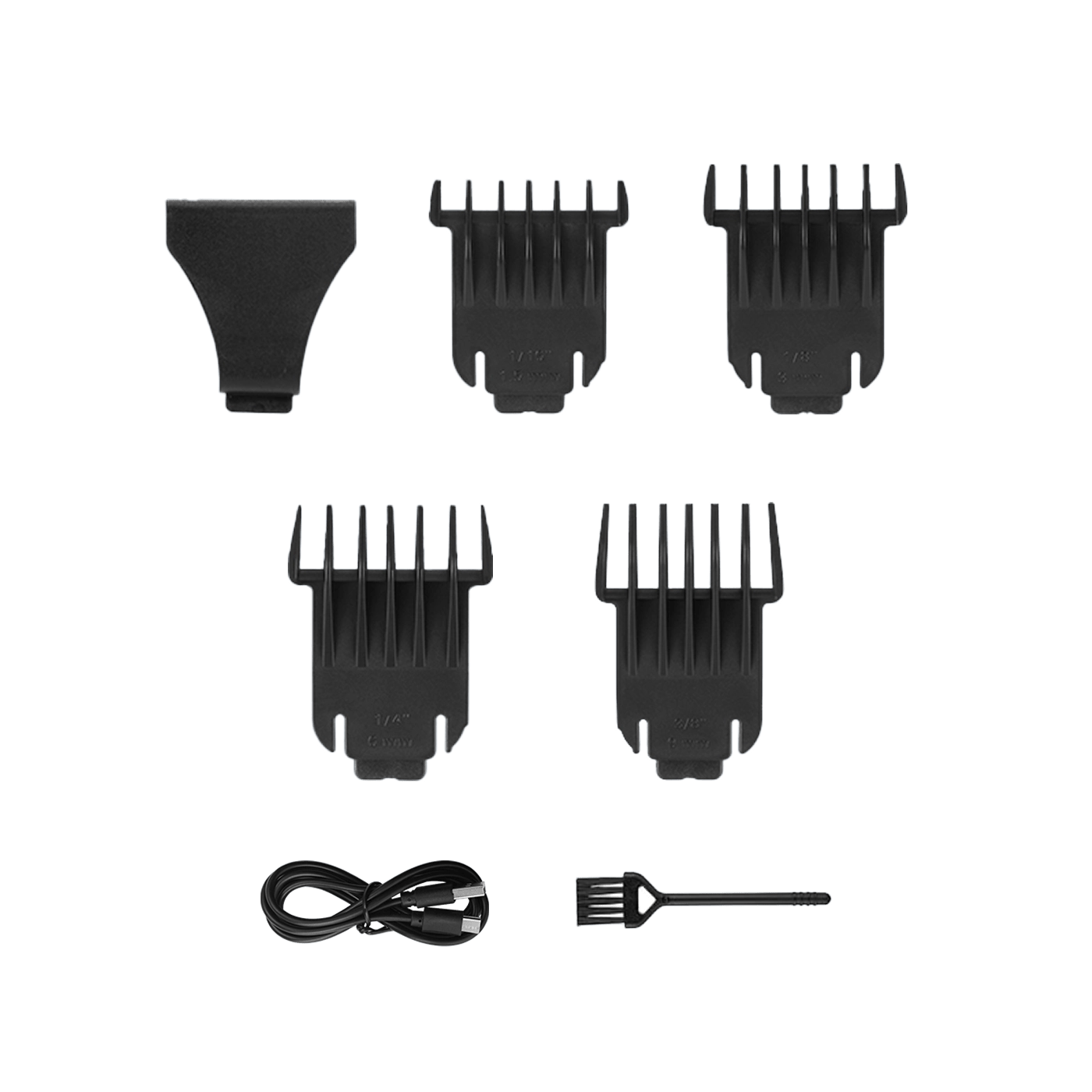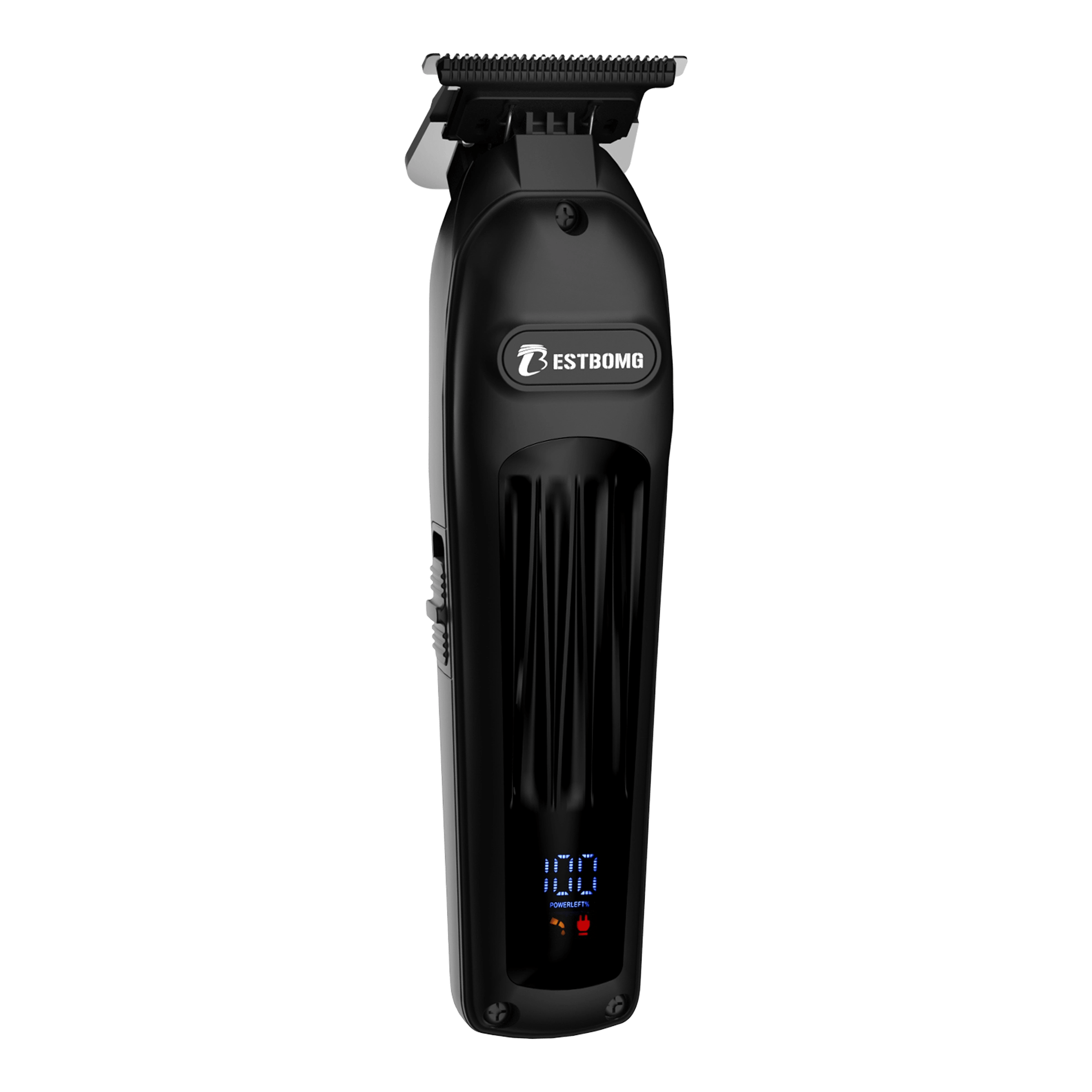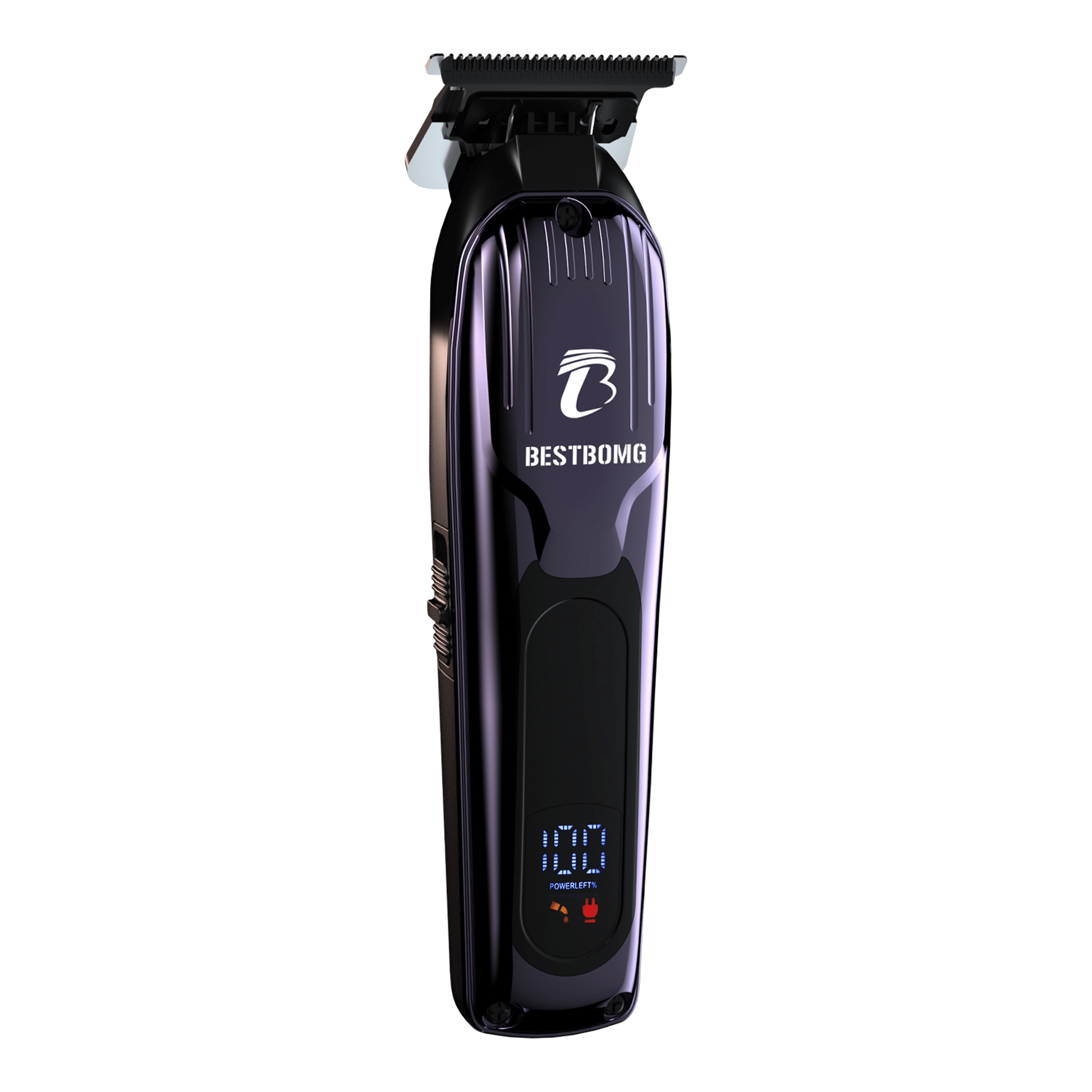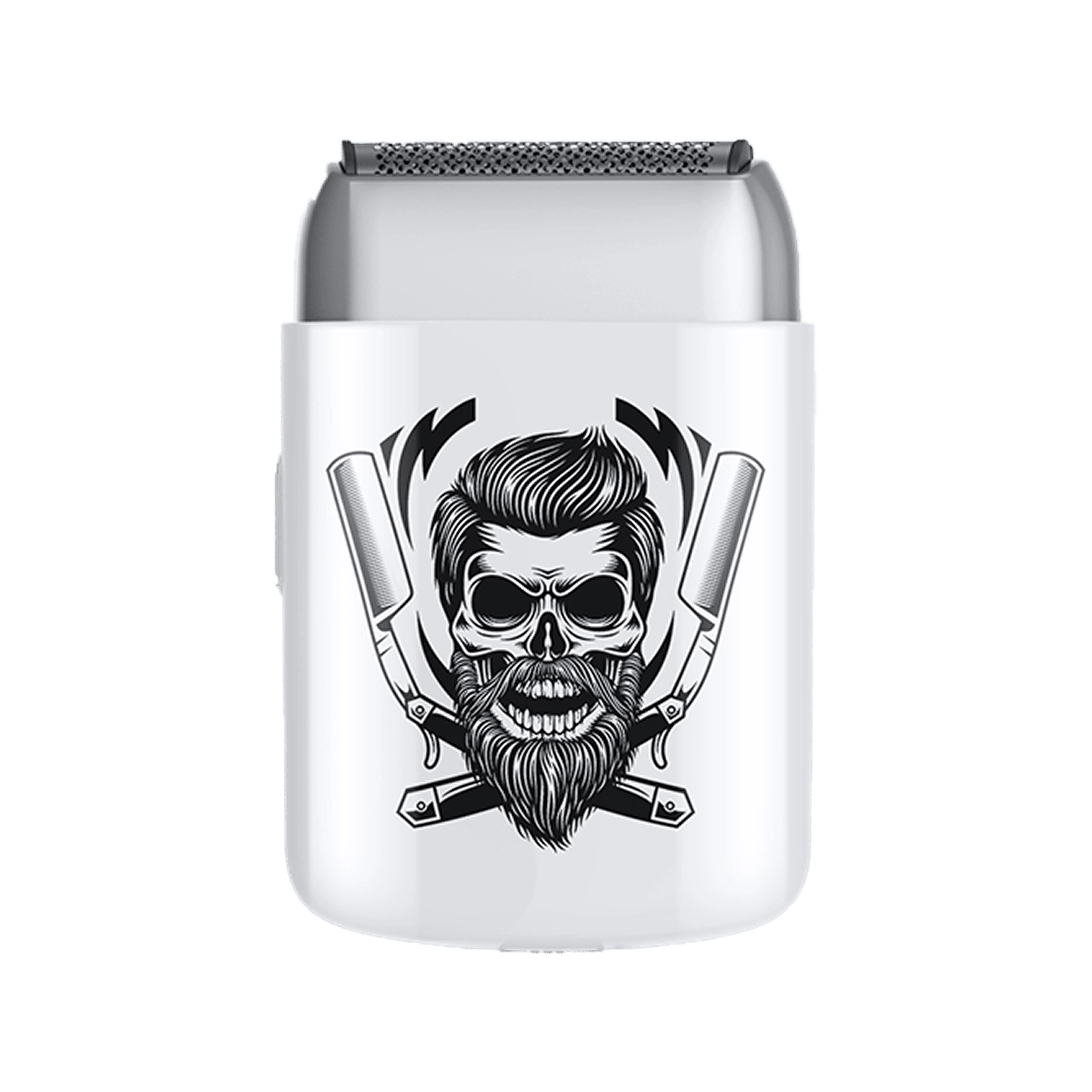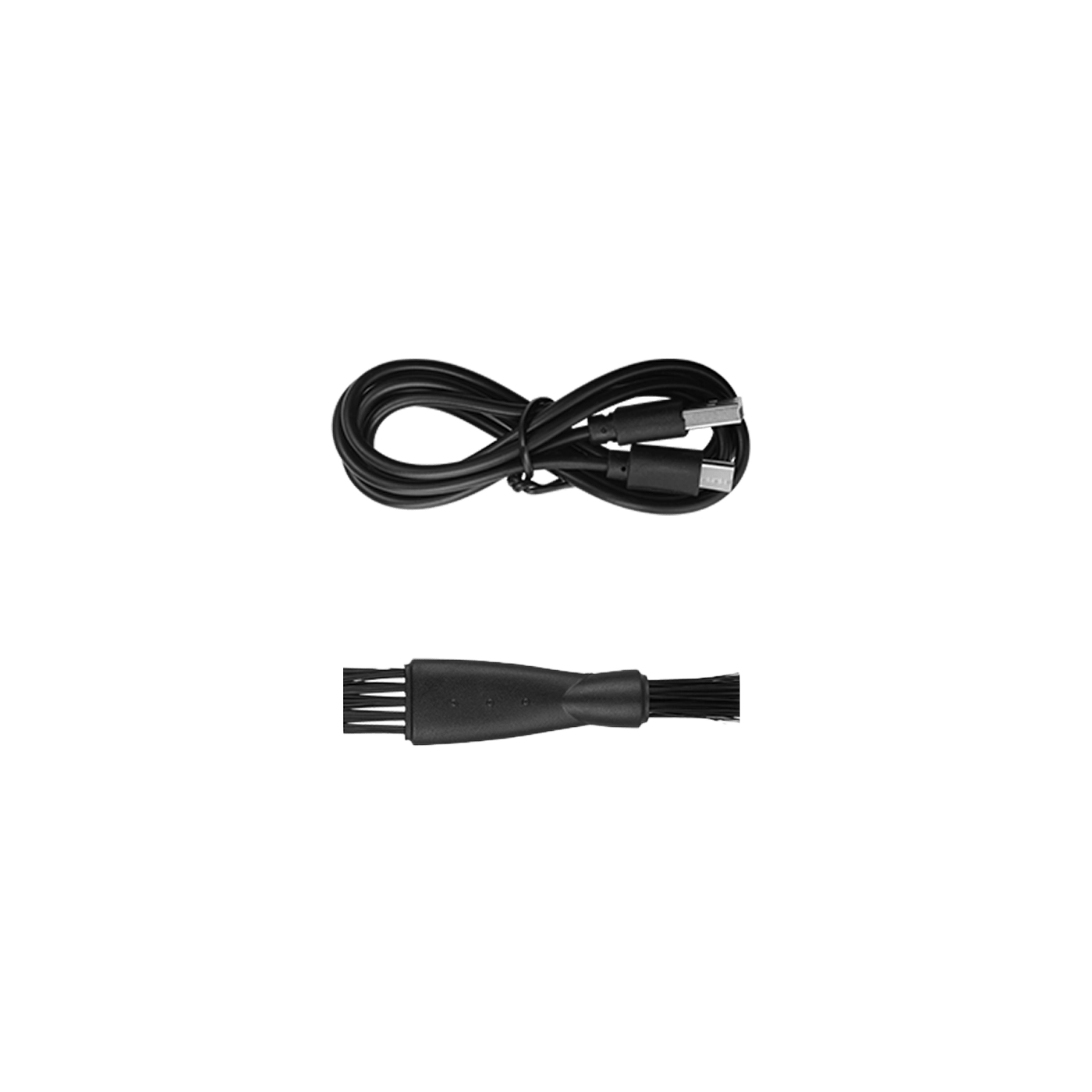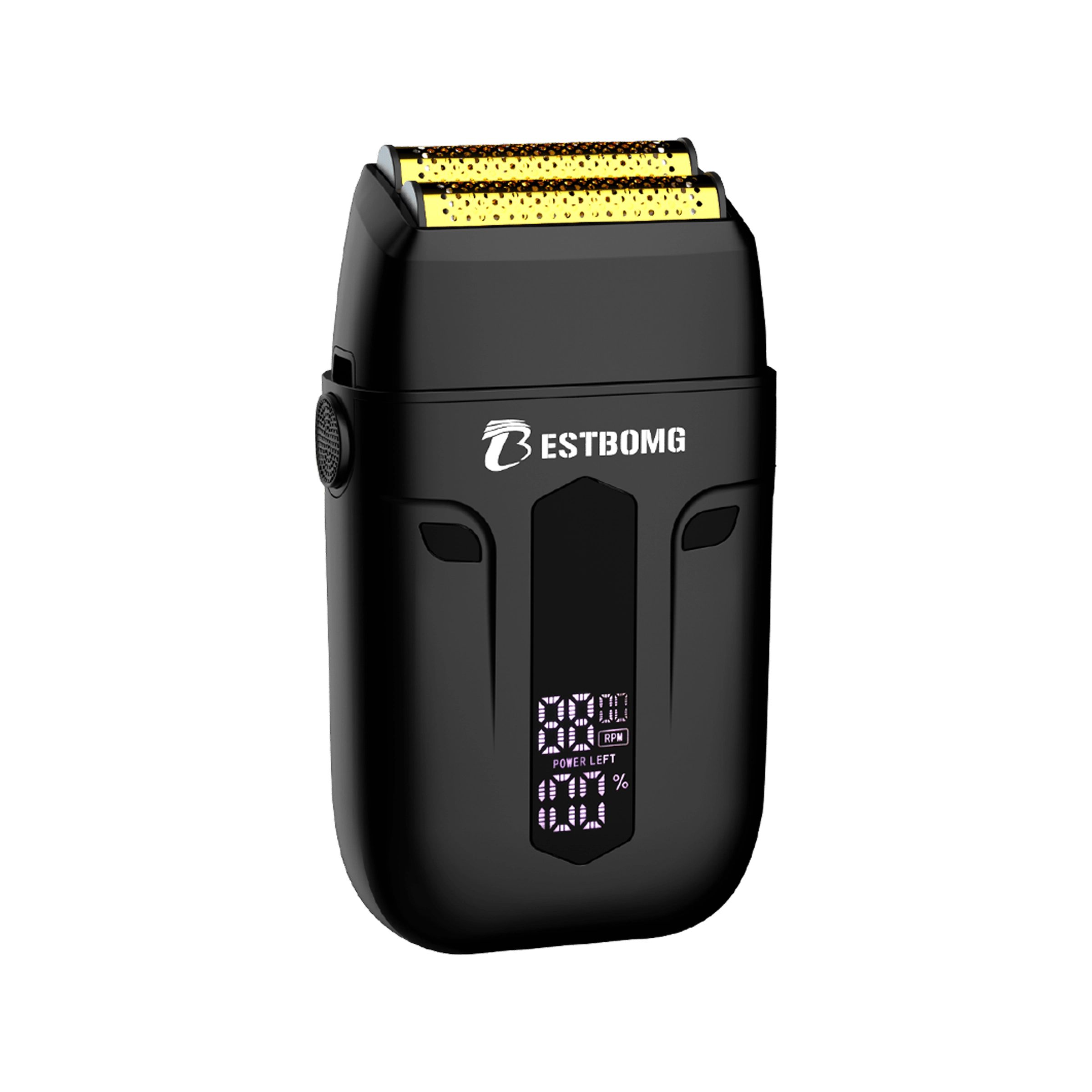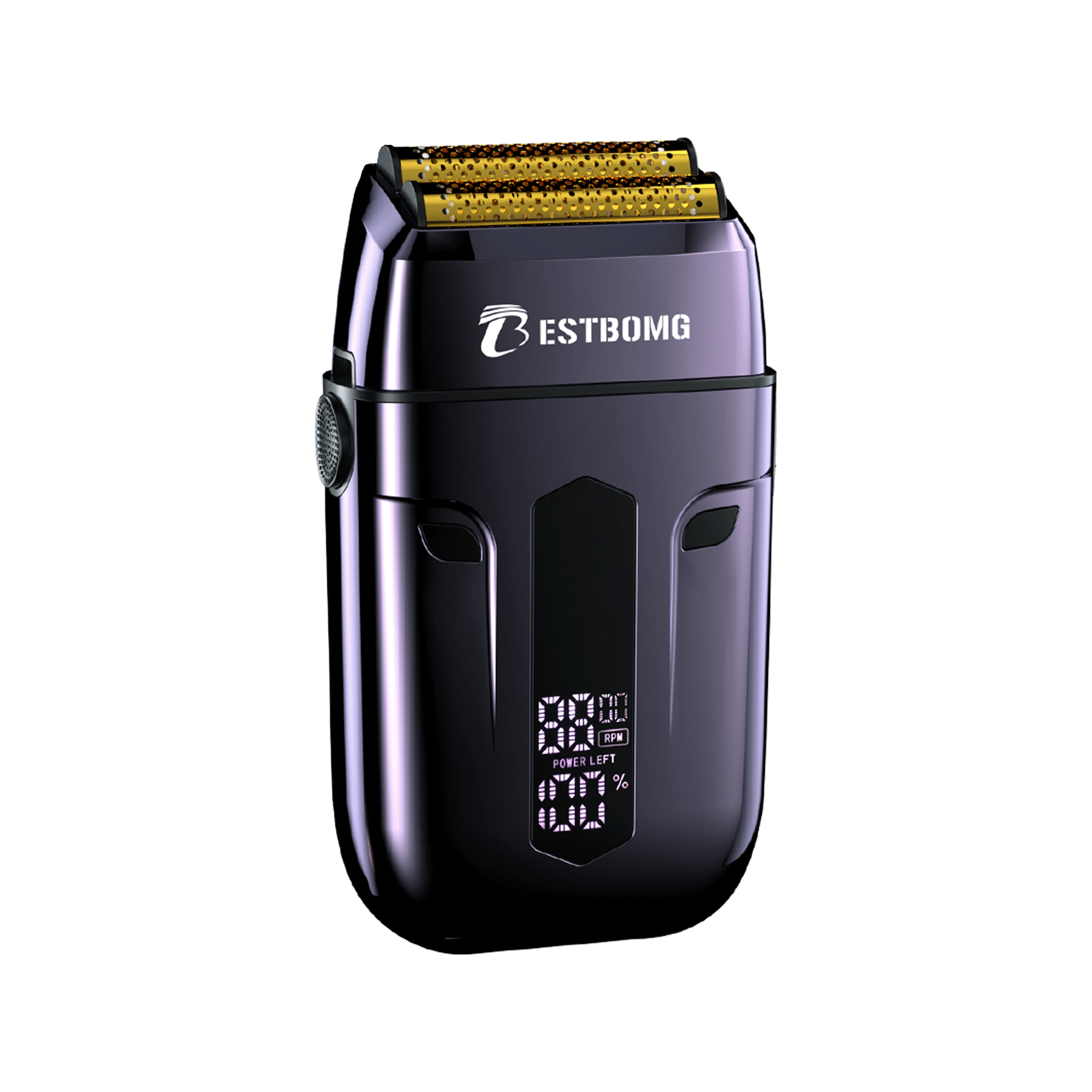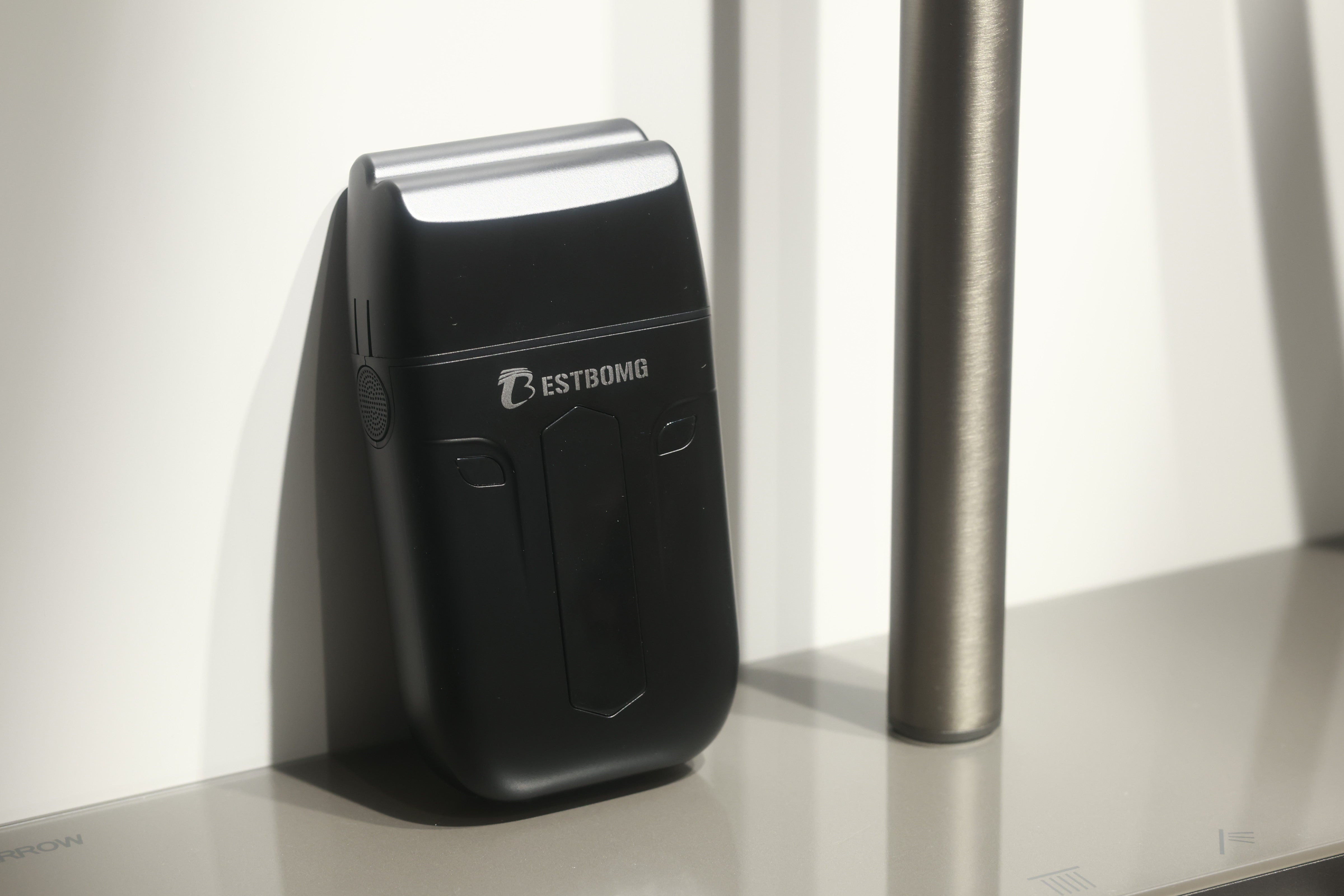If you like your shave close, fast, and gentle, a foil shaver might be your best friend. In plain English, a foil shaver uses a thin, perforated metal screen (“foil”) that sits on your skin while tiny straight blades move back and forth underneath to slice stubble right at skin level. The foil protects your skin and funnels hair into the cutters, which is why foil shavers often feel precise and low‑irritation—perfect for daily shaving and clean edges.
In this guide, you’ll learn what a foil shaver is, what a foil shaver does, how foil shavers work, who should use one, how to use a foil shaver step‑by‑step (wet or dry), how it stacks up against rotary shavers and manual razors, and how to maintain it so it keeps shaving like new.
Quick definition: what is a foil shaver?
A foil shaver is an electric razor with straight, oscillating cutters that sit beneath a micro‑perforated metal foil. As you make short, straight passes, hairs slip through the foil’s tiny holes and are snipped at the surface—fast and uniform with light pressure. Major shaving brands define the mechanism exactly this way: oscillating blades under a thin foil with holes that capture hair.
What does a foil shaver do?
It delivers a close, even shave while keeping the metal blades separated from your skin. That barrier is what makes a foil shaver feel gentle yet efficient, especially on flat facial areas like the cheeks and jaw planes.
How does a foil shaver work? (Inside the head)
Inside most foil shavers you’ll find:
- Foils (screens) — thin metal sheets full of micro‑holes. These holes trap hairs while shielding your skin from the moving cutters. Some cassettes mix hole patterns to catch a variety of hair lengths and directions.
- Cutters — straight blades that oscillate (move side‑to‑side at high speed) beneath the foil to slice hairs flush with the skin.
- Center “pre‑trimmer” bar (on many models) — designed to lift and pre‑cut longer or flat‑lying hairs so the foils can finish them close.
- Floating/suspension system — foils often flex to maintain light, even contact across curves without pressing hard.
- High‑speed motor — keeps cutting power consistent; some foil lines highlight linear motors and ultra‑sharp inner blades (e.g., 30‑degree honed edges) to enhance closeness.
The net effect: the foil lays flat, hair feeds in, the cutters take it off at skin level, and the floating assembly keeps the contact even and gentle. That’s why foil shavers are popular for daily use and precision edges.
Core benefits of a foil shaver
Close, consistent finish: Because the foil is very thin and the cutters work right under it, foils can produce a very close electric shave—especially on flat zones—without having to press the head into your skin.
Gentle, low‑pressure shaving: The foil is a physical barrier between skin and blades. Used with light pressure and short strokes, many people find foils less irritating than scraping with a blade or mashing a rotary head into curves.
Precision & straight‑line control: The head is flat, so straight strokes are intuitive. That makes foils friendly for cheek lines, sideburns, and necklines, where accuracy matters.
Wet or dry options: Many modern foils can shave dry for speed or wet with gel/foam for extra comfort—just check your model’s rating.
Foil shaver use: who it’s best for
- Daily or near‑daily shavers who want a repeatable, close result with minimal fuss.
- Sensitive skin users who prefer light pressure and a protective barrier between skin and blades.
- Edge‑conscious groomers who care about straight lines on cheeks and sideburns.
- Head shavers on flatter scalp areas; a foil can feel incredibly smooth on the sides and top (rotary may still be easier around pronounced curves).
Foil vs. rotary: where foil shines—and where rotary wins
Both are “right,” just for different needs.
- Foil = straight strokes, precision, daily closeness, excel on flat areas.
- Rotary = circular passes, great around curvy jawlines and Adam’s apple, friendly if you shave every few days and your stubble grows in many directions. Philips positions rotary heads as capturing hair growing in any direction, which suits 2–5‑day growth.
If you shave most days, start foil. If you go several days between shaves and struggle on neck/chin curves, rotary can be easier.
Is it better to use a razor or a foil shaver?
It depends on what you value:
- Manual razor = potentially bare‑skin smooth, but with higher risk of nicks, cuts, and irritation, and requires lather/time.
- Foil shaver = very close for an electric, faster, fewer nicks (the foil is a guard), and often gentler if your skin is sensitive. Many brand explainers note electric (foil or rotary) can be used dry or wet and is generally less nick‑prone than traditional blades.
How to use a foil shaver (step‑by‑step)
Prep the canvas
- Wash and dry your face (for dry shaving) or apply a thin gel/foam if your device is rated wet/dry. Electric wet vs. dry is personal—try both and keep what your skin prefers.
- If your growth is 3–5+ days, pre‑trim with a clipper or the shaver’s pop‑up trimmer so the foils don’t tug long, flat hairs. (Brand tips commonly recommend pre‑trimming longer growth.)
Use short, straight, overlapping strokes: Keep the foil flat on your skin; go with the grain first if you’re sensitive, then against for closeness. Stretch the skin slightly with your free hand so hairs stand up.
Light pressure wins: Let the motor cut—don’t mash the head into your face. Excess pressure bends skin into the foil and can reduce comfort.
Work zone by zone: Cheeks → jaw/chin → neck → mustache area. Change angle slightly on stubborn neck patches.
Clean, then finish: Rinse/brush the head per your model, and consider a drop of lubricant (if your brand recommends it) to reduce heat and wear. Moisturize after.
“Foil shaver for face”—popular use cases
- Daily face shave: quick, consistent closeness; easy to maintain straight cheek lines.
- Neckline cleanup: light pressure and short strokes help reduce irritation.
- Sideburn shaping & mustache detailing: the flat head makes alignment easy.
Are foil shavers good for pubic hair?
Use the right tool for the job. Face foil shavers are optimized for facial skin and flat areas. For the pubic region, leading manufacturers recommend a dedicated body groomer or trimmer with guards/attachments designed for sensitive skin below the neckline. In particular, Philips states its Bodygroom devices are intended for below‑the‑neck areas (including the pubic area) and advises not using a body groomer on the face—and vice versa. That’s your safest bet for both hygiene and comfort.
Maintenance: keep the shave close and the head cool
- Clean after each use. Tap out clippings; if the model is waterproof, rinse the cassette under the tap.
- Replace the foil & cutters on schedule. Braun, for example, recommends replacing the head about every 18 months to maintain peak performance (your interval will vary by beard density and frequency).
- Store dry with the cap on. If your shaver has a cleaning station, using it regularly can keep performance consistent.
Common downsides (and easy fixes)
- Louder “buzz.” Foils use oscillating cutters, which can sound louder than some rotary models. (Normal.)
- Curvy areas take finesse. Around the chin and Adam’s apple, you may need more short, overlapping passes; let the head’s floating foils do the work and keep pressure light.
- Long/flat‑lying hairs. Pre‑trim longer stubble, or choose a foil head with a center pre‑trimmer to capture stubborn hairs.
Picking a foil shaver: features that matter
- Multiple foils + center trimmer for mixed hair lengths.
- Floating/suspension to keep contact light and even across contours.
- High‑speed motor + sharp inner blades for efficient cutting (some brands highlight 30‑degree honed inner blades for closer shear).
- Wet/dry rating if you want to shave with gel/foam in the shower.
- Easy‑clean cassette and readily available replacements (heads every ~18 months is common guidance).
Troubleshooting quick hits
- Tugging? Clean the head, make a light second pass against the grain, and pre‑trim if growth is long.
- Irritation? Use lighter pressure; try with‑the‑grain first or add gel if your shaver is wet/dry.
- Not close enough? Replace the head if it’s old (many brands suggest ~18 months) and slow down with short, overlapping strokes.
Bottom line
A foil shaver is a simple idea done well: a thin screen to guide hairs, fast straight cutters underneath, and a floating head that keeps contact even and gentle. The result is a shave that’s close, quick, and kind to skin, especially if you shave most days and prefer clean lines.
Use short, straight strokes, keep pressure light, clean the head after each shave, and replace the cassette on schedule. Do that, and your foil shaver will stay close and comfortable for the long haul.
Frequently Asked Questions
What is the benefit of a foil shaver?
Close, even results with light pressure and excellent edge control (cheeks, sideburns, neckline). The foil protects skin from the moving cutters while guiding stubble in for a near‑skin cut—great for daily shaves.
Is it better to use a razor or a foil shaver?
A manual razor can shave slightly closer, but it’s slower and more nick‑prone. A foil shaver delivers a very close electric shave faster, with fewer nicks, and can be used dry or wet depending on the model.
Are foil shavers good for pubic hair?
Use a body groomer designed for below‑the‑neck areas, not a facial foil shaver. Manufacturers recommend dedicated body devices (often with guarded foils) to handle sensitive skin safely.
How close of a shave does a foil shaver give?
On flat areas, many users find foil shavers very close for an electric—thanks to thin foils and sharp inner blades—often closer than rotary on those zones. Your technique and model matter, but expect a tidy, near‑skin finish with minimal pressure.
Is a foil shaver needed if I already have a trimmer?
They do different jobs. A trimmer sets length and edges; a foil shaver cleans the bare‑skin areas smooth. Many routines use both: trim, then shave the remaining areas with the foil.
Read more
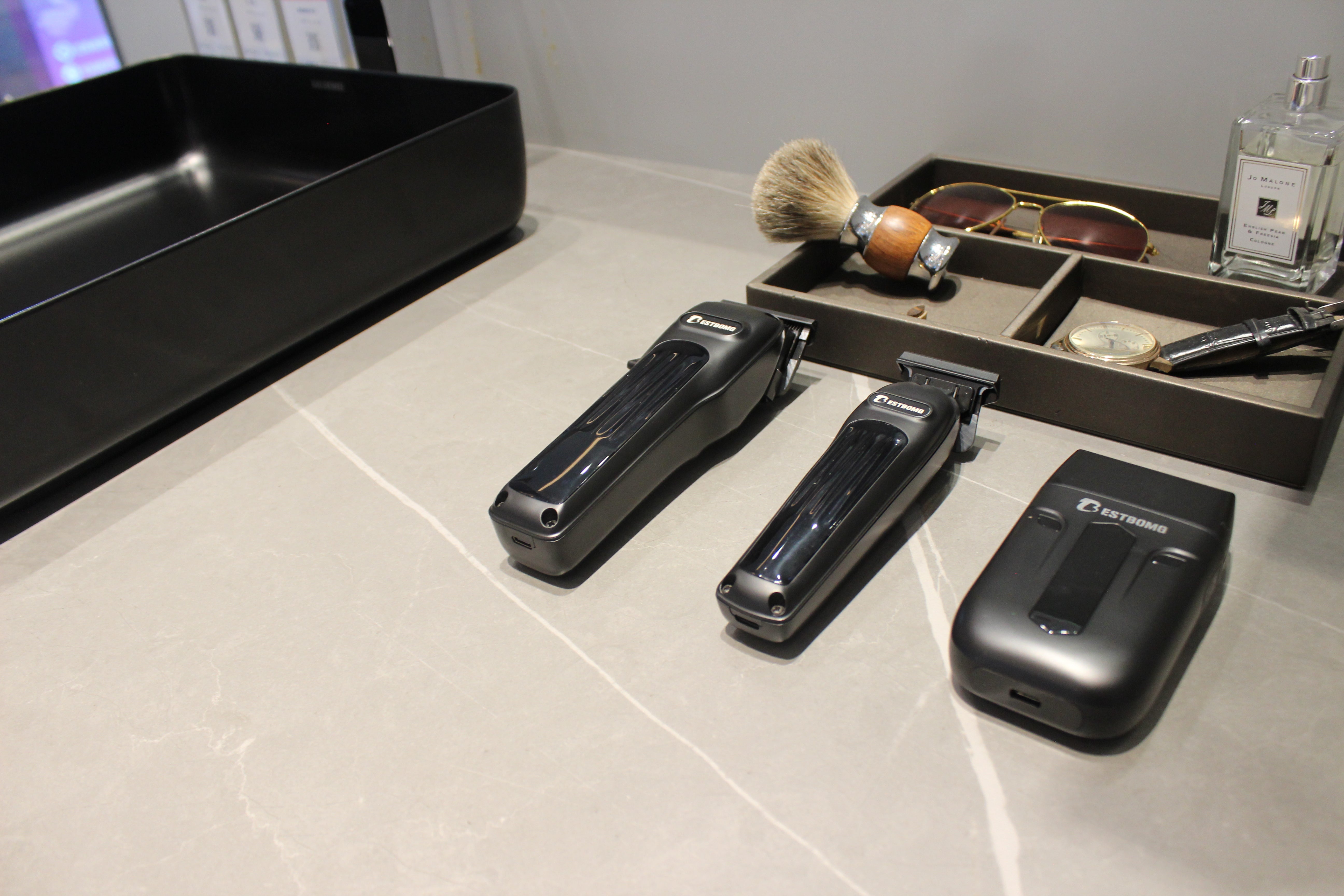
How to Oil Hair Clippers: Keep Them Sharp & Smooth
If your clippers tug, run hot, or get louder over time, odds are they’re dry. The fix is fast: a few drops of clipper oil—done right and done often. In this guide, you’ll learn how to oil hair clip...
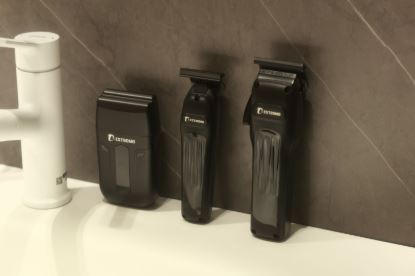
How to Use a Foil Shaver: Step-by-Step Guide for Smooth Results
Want a shave that’s close, quick, and gentle? This guide shows you exactly how to use a foil shaver—from prep to final rinse—plus pro tips for sensitive skin, tricky neck hair, and keeping your sha...
